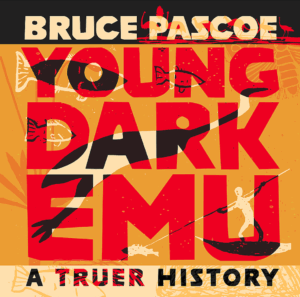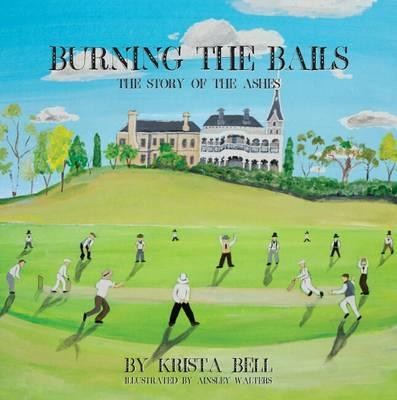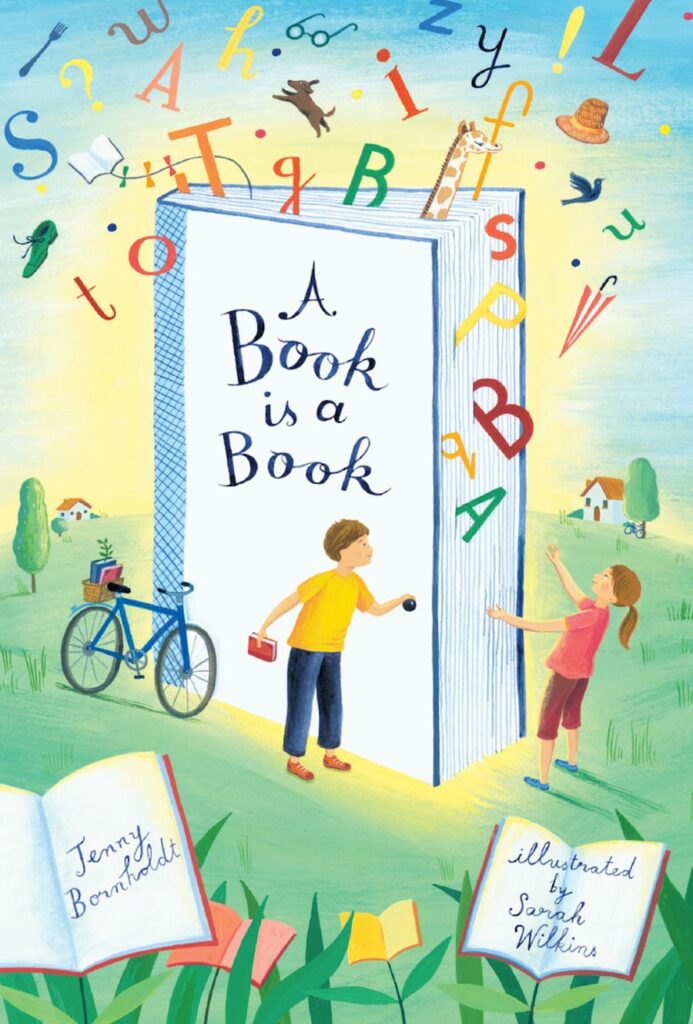Bruce Pascoe, Young Dark Emu: A Truer History, Magabala Books, February 2025, 80 pp., RRP $29.99 (hbk), ISBN 9781922777508
This important book summarises the evidence and the narrative of Bruce Pascoe’s longer version of Aboriginal history for adult readers. All the illustrations are taken from historical documents and photographs. Each one builds the evidence for a pre-invasion Aboriginal culture that incorporated crops of native plants, harvests, permanent settlements, houses and communal buildings made from clay, rocks and natural fibres, and the engineering of fish traps, wells and food storage systems.
Pascoe made the inspired decisions to read the diaries, notebooks and journals of early explorers and squatters with a view to extracting any descriptions of what these first white men witnessed regarding the land itself and the living arrangements of the local people who were so quickly decimated by destruction of the environment, disease, massacre and displacement.
Within fifty years there was little or no evidence of the 60,000 year old civilisation that had shaped the land and rivers, reaped their plenty, and cared for them. The only record of much of their way of life is the few fragments remaining in those early observations. The importance of this book is that it demonstrates that Aboriginal people were not merely the primitive nomadic stone-age warriors and seasonal food gatherers that have become iconic images of their existence before the arrival of white people. There was more to them, much more, including a deep shared knowledge of land management long in the making and carefully preserved from generation to generation. Aboriginal culture incorporated what we might call now a science of conservation, hard won and well practised. This corrective to the accepted history of our land goes alongside the emerging histories of frontier conflicts right across the nation as it was ‘settled’.
With its large illustrations and dramatic photographs, and its well organised information (indexes and bibliographies are included) this book would be a crucial and handsome addition to any school library in Australia.
Highly recommended for readers from nine to nineteen.
Reviewed by Kevin Brophy





